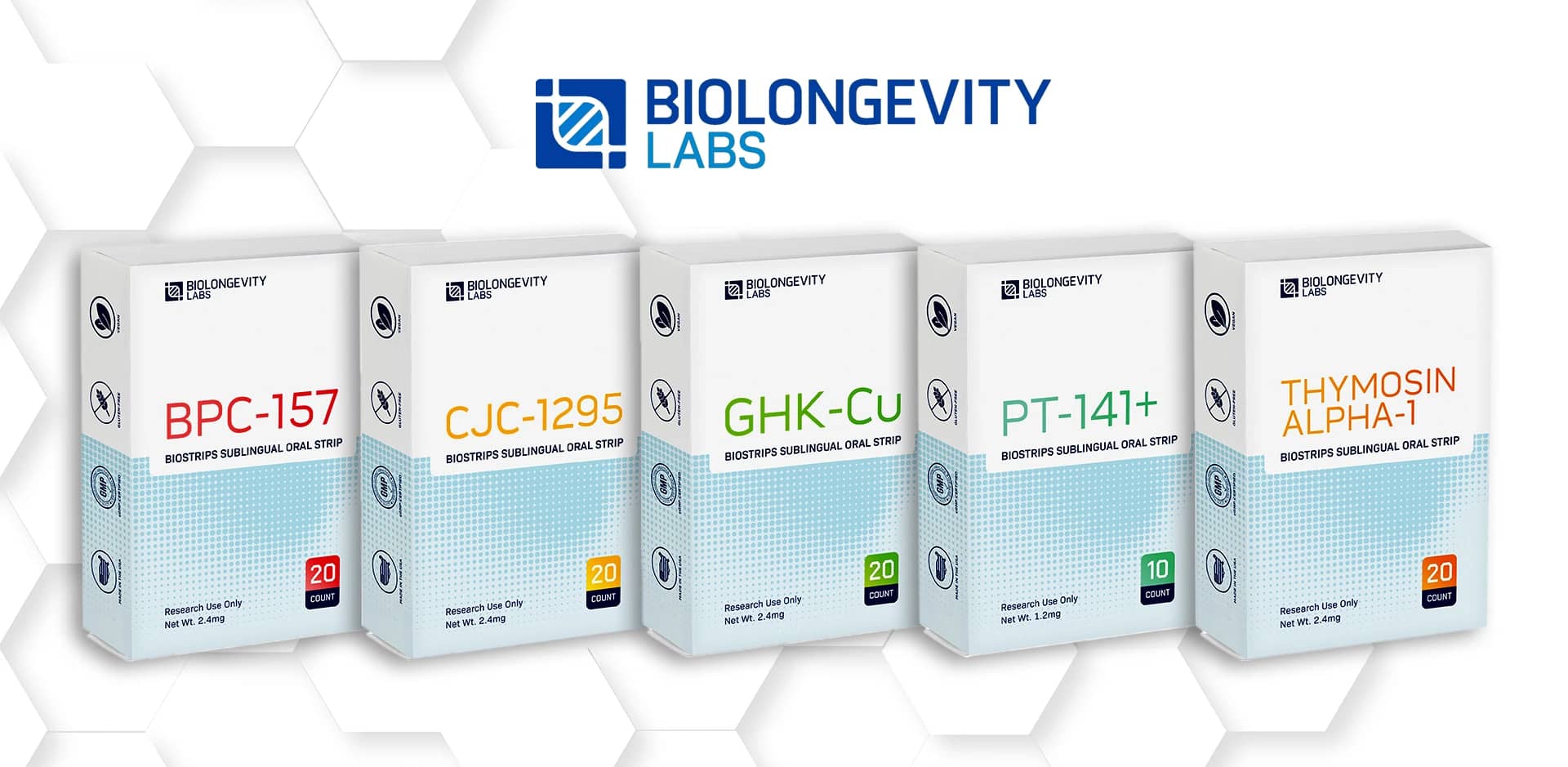- Hunter's Health Hacks
- Posts
- The End of Injections?
The End of Injections?
Buccal Peptide Delivery (and What’s Coming Next...)
Happy Thursday!
Let’s start today with a harsh truth:
Peptides will never truly go mainstream if you have to stick a needle in your body every week.
Don’t get me wrong—I love my morning ritual with my peptide pens.
But every time I’m at a conference or talking to someone about optimizing their hormones, metabolism, or healing, the number one hesitation I get—is “Do I have to inject this?”
You can practically see the fear in their eyes.
It’s a massive barrier.
The minute you say “just a little subcutaneous shot,” most people tune out.
Needles are a dealbreaker for the masses.
And it’s not always because they’re wimps; it’s because needles just aren’t practical for everyday life, long-term compliance, or scaling true regenerative health.
Buccal Peptide Delivery
Now imagine a world where you could get all the healing, fat loss, cognitive boost, or anti-aging effects of peptides—without ever picking up a needle.
Imagine a thin strip that melts on your tongue and does all the heavy lifting.
That’s the holy grail.
Enter: buccal delivery—a technology that’s been around forever for tiny molecules (like nitroglycerin for heart attacks) but is finally being cracked open for peptides.
Buccal delivery is simply putting something in your cheek (or on your tongue) so it absorbs straight into your bloodstream.
In theory, it’s the perfect solution—no GI breakdown, no “first pass” liver metabolism, and you get nearly instant results.
So why isn’t everyone using it? Because, until recently, the science just didn’t exist to get these big, complex peptide molecules through the mouth’s tough mucosal lining.
But that’s changing—and changing fast.
Why Buccal Delivery Could Change the Game
Here’s how it works: Your mouth’s inner lining is packed with blood vessels, and the tissue is thin and ready to absorb.
Put a drug here and, if you can get it through the surface, it shoots right into your bloodstream—no detour through your gut or liver.
This is why heart meds, migraine meds, and even certain hormones are already available in sublingual or buccal forms. It’s fast and effective.
The catch is, your cheek lining is naturally designed to keep big, foreign molecules out.
Peptides, being larger and more fragile than most drugs, get chewed up by enzymes or just bounce off the wall.
But scientists have found clever workarounds: special “mucoadhesive” films that stick and slowly release the peptide, chemical enhancers that open up tight junctions in the tissue, enzyme blockers, and—most impressively—bioinspired strips that physically stretch the tissue to let more molecules through.
Think of it like “hacking” your mouth’s barrier, just enough to let the good stuff in.
Does It Actually Work? The Science Says… YES (With Caveats)
Buccal insulin sprays, for instance, made it all the way to Phase III trials and are approved in several countries.
They’re not as potent as injections, but they work—enough that diabetics could skip some shots.
Desmopressin, a peptide for bedwetting and nocturia, is already in a dissolvable sublingual tablet you can get at pharmacies.
Researchers even just developed an “octopus-inspired” suction patch that stretches your mucosa and boosts peptide absorption 100-fold in animal models.
Will Buccal Peptides Replace Injections?
Here’s the truth: Buccal delivery is NOT (yet) as efficient as a direct injection.
Even the best systems typically achieve 60-70% of the “potency” you’d get from a subcutaneous shot.
That means for some peptides, it’s a total game changer, because you only need microgram doses and can afford a little loss.
For others—especially big, fragile, or less potent peptides—you might need a larger or more frequent dose, or stick with injections for now.
But the field is moving FAST.
With next-generation delivery systems—think nanoparticle films, smart patches, and chemical enhancers—bioavailability is improving every year.
For many people, especially those who won’t ever inject, a buccal peptide could be the difference between doing something and doing nothing at all.
Would you rather have 70% of the benefit from a patch or 0% because you’ll never inject?
For the masses, it’s a no-brainer.
The Future
Let’s just say… the best is yet to come.
I’ve spent the last few months consulting with scientists, biotech engineers, and pharmaceutical formulation experts on how we can make needle-free peptides a reality.
At BioLongevity Labs, we’re actively developing and testing several buccal and sublingual peptide products—including BPC-157 and PT-141 for rapid-onset effects.
You can go here to pre-order them now:
And don’t forget to use code HUNTERW at checkout for an extra 15% off the launch prices!

Best,
Hunter
Further Reading
For those who want to geek out and see the data for themselves, here are some direct links to the real studies and clinical trials shaping the future of buccal peptide delivery:

